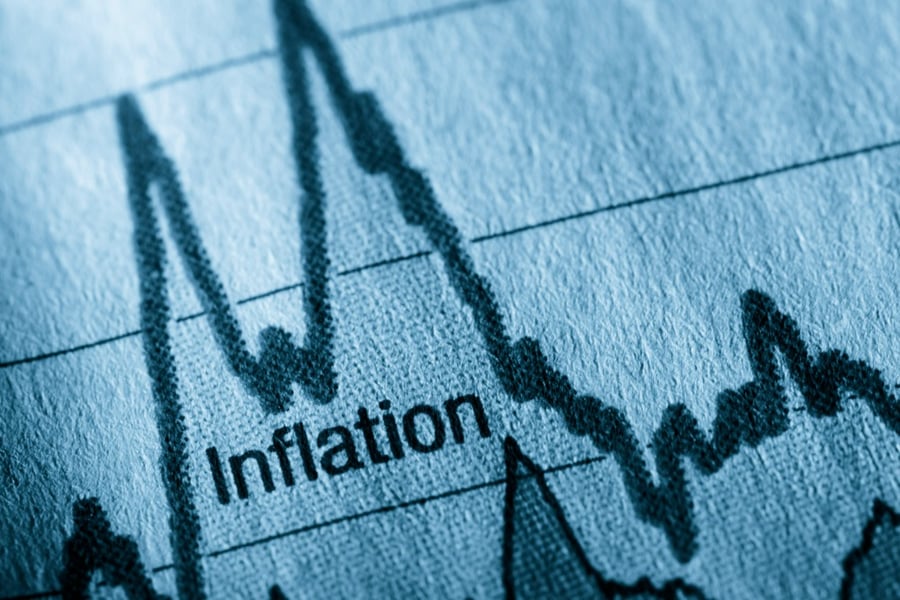"Inflation remains an albatross around the neck of consumers"

Consumer price inflation (CPI) fell from 6.8% to 6.7% between July and August, surprising many who had anticipated a slight rise.
However, while CPI falling for its third consecutive month paints a positive picture, several experts believe there is still a way to go.
Pressure on households remains
Mohsin Rashid, chief executive of ZIPZERO, said the latest drop is another step in the right direction, but inflation still remains worryingly high.
Indeed, in the eyes of consumers, Rashid said it translates to many more months of struggling to afford essentials.
“Crucially, cut through the data and we see that food price inflation remains at eye-watering levels, and this is an unavoidable expense for households across the UK,” he said.
Despite signs that the cost-of-living crisis might be easing, Rashid said the current level of inflation remains an ‘albatross around the neck of consumers.’
“It is difficult to make plans for the future when being able to feed your family is something you have to worry about, and after more than a year of cost cutting and bargain hunting, those who are struggling must be tired of waiting for normality to return,” he said.
Rashid said consumers are long overdue a break, and he believes it is time for the government and businesses, especially retailers, to get serious about supporting families with untenable grocery bills.
Supermarkets, he added, must do more to offer shoppers meaningful savings on their weekly shops, and the government needs to be more vigilant about protecting those shoppers from being taken advantage of.
“Things are not improving fast enough, so we must act to ensure people in need are not left behind,” Rashid said.
Andy Mielczarek (pictured), founder and chief executive of SmartSave, said the drop in inflation represents a small and unexpected bonus, given the expectation was for an increase.
“Nevertheless, the data illustrates how far we still have to go before cost-of-living pressures ease on UK households,” he said.
With inflation remaining stubbornly high, Mielczarek said the money most people have in savings is losing value in real terms.
Even though interest rates have risen notably since the end of 2021, he said, millions are not seeing any significant benefits.
“This is because too many banks are still failing to pass better rates on to customers, particularly where easy access and current accounts are concerned,” Mielczarek said.
Given inflation is proving sticky, and the base rate could rise again as a result, Mielczarek said it is important people consider the best ways to save their money.
“This means looking at different savings products, such as fixed-term accounts, and shopping around for the best deals on the market,” he said.
One step forward
Giles Coghlan, chief market analyst consulting for HYCM, said the latest inflation data has come in lower than expected.
“Therefore, with the GBP now at its lowest level against the Euro since early August, investors can expect a GBP sell off to continue on expectations that the Bank of England (BoE) will signal lower rates are on their way,” he said.
Indeed, while we are not out of the woods by any means, Coghlan said the core print coming in so far below the forecast is particularly encouraging.
With inflation moving in the right direction, Coghlan said the Bank of England can adjust its focus and hold back from aggressive rate hikes, something that is sorely needed after GDP suffered its biggest drop in over seven months in July.
“As such, the latest inflation print should consolidate the view that interest rates are close to their peak,” he said.
What are your views on the latest consumer price inflation data? Let us know in the comment section below.



